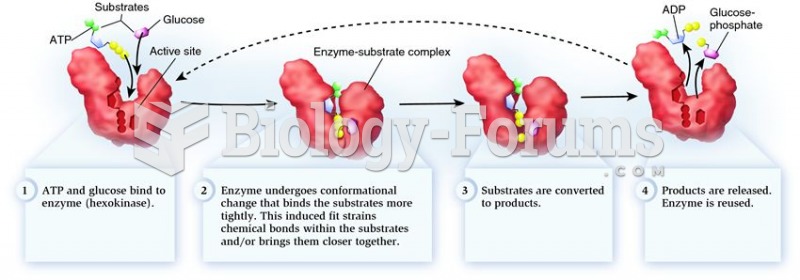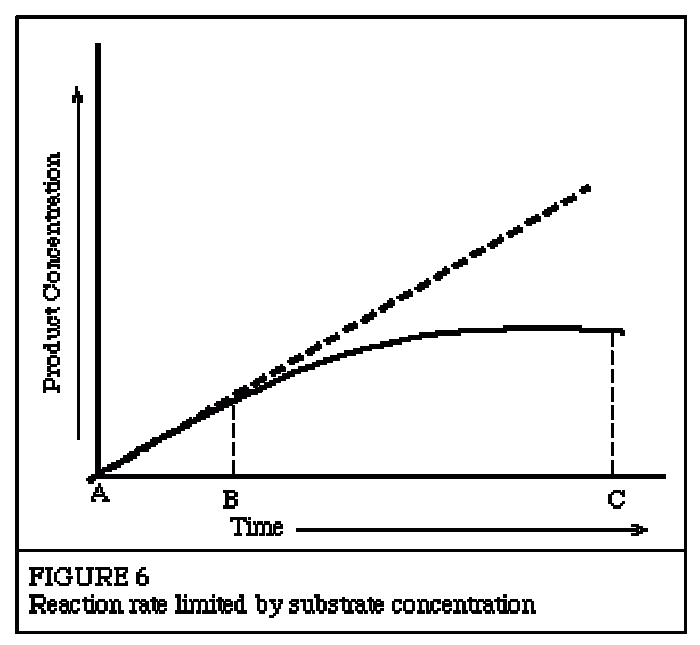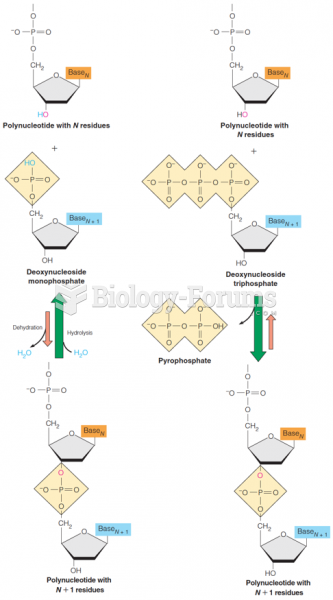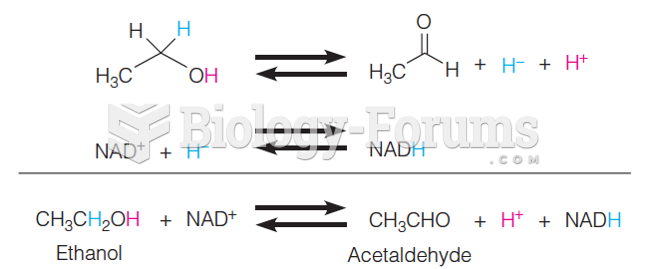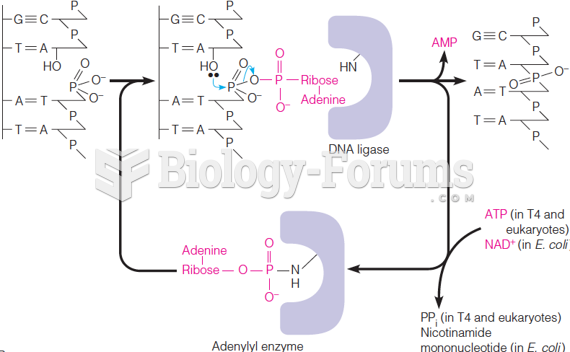The substance formed in the following reaction is called:

a.
vicinal diol
b.
geminal diol
c.
acetal
d.
hydrate
e.
b or d
Question 2Instructions: Consider the reaction below to answer the following question.

Refer to instructions. Write the complete stepwise mechanism for the reaction shown above. Show all intermediate structures and all electron flow with arrows.
Question 3Instructions: Provide IUPAC names for each structure below.
Name:

Question 4Instructions: Provide IUPAC names for each structure below.
Name:

Question 5Instructions: Draw structures corresponding to each of the following names.
Draw:
cyclohexen-2-one
Question 6Instructions: Draw structures corresponding to each of the following names.
Draw:
5,5-dimethylcyclohexane-1,3-dione (dimedone)
Question 7Instructions: Draw structures corresponding to each of the following names.
Draw:
benzophenone
Question 8Instructions: Consider the following 1H NMR to answer the following question.

Spectrum obtained from: SDBSWeb : http://riodb01.ibase.aist.go.jp/sdbs/ (National Institute of Advanced Industrial Science and Technology, 11-07-08)
Refer to instructions. This compound is known to contain both a C=O group and an OH group. Based on this spectrum, this compound would be classified as:
a.
aromatic carboxylic acid
b.
aliphatic carboxylic acid
c.
carbonyl containing an alcohol functional group
d.
either a or b
Question 9Based on the following IR spectrum, this compound would be classified as:

Spectrum obtained from: SDBSWeb : http://riodb01.ibase.aist.go.jp/sdbs/ (National Institute of Advanced Industrial Science and Technology, 11-07-08)
a.
aliphatic carboxylic acid
b.
aromatic carboxylic acid
c.
aliphatic nitrile
d.
aromatic nitrile
e.
carbonyl containing an alcohol functional group
Question 10What is the major organic product obtained from the following reaction?

a.

b.

c.



